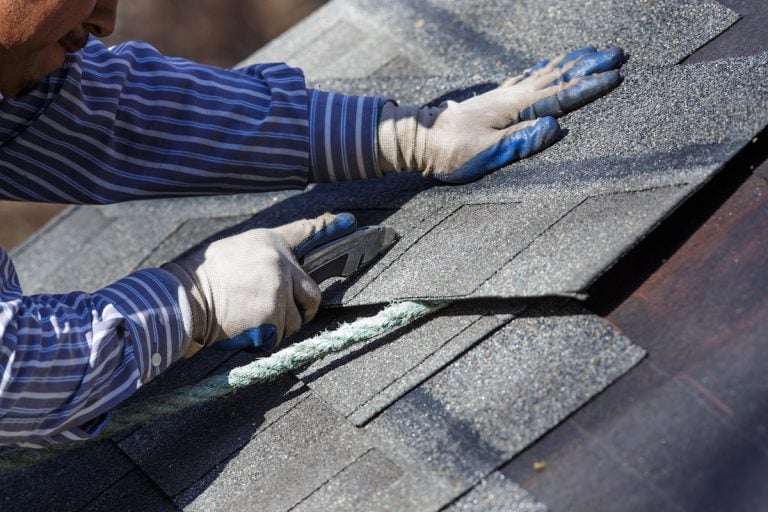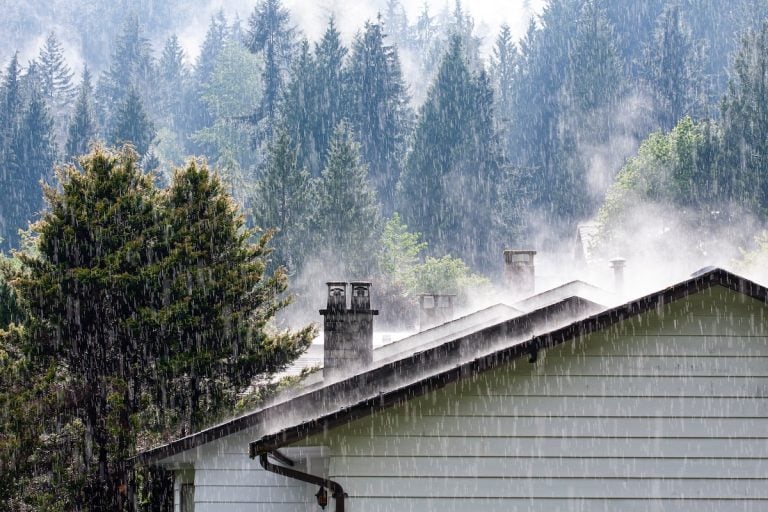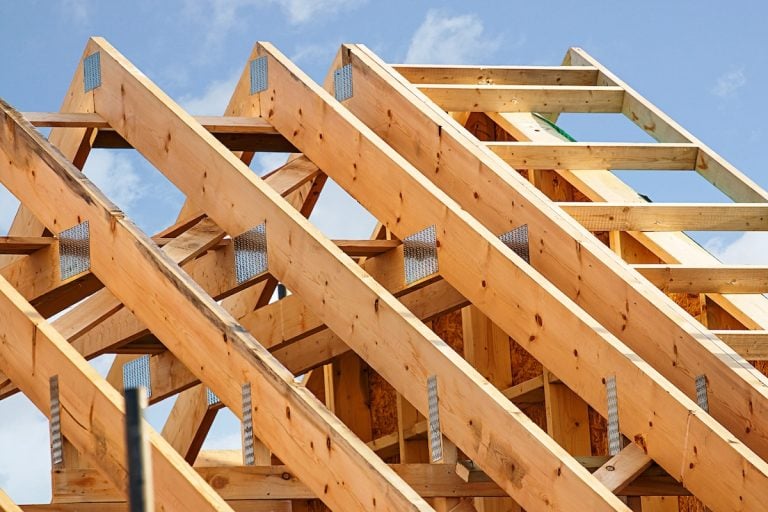The parts of a roof work together to protect your home, manage water drainage, and provide insulation. Understanding the anatomy of your roof is essential for recognizing when repairs or replacements might be needed. Each component plays a crucial role in supporting the roofing system’s durability and functionality.
Here’s a quick overview of what we’ll cover in this guide:
- The fundamental components of the roof structure and roof frame
- The key elements that make up the roofing system
- Why every detail, from the drip edge to the roof decking, matters for your roof’s longevity
By the end of this blog, you’ll feel more confident when discussing your roof and choosing the right professionals for its upkeep.
1. Roof Structure & Frame
The roof structure is the foundation that supports the entire roof. Within it, the roof frame plays an especially critical role by providing shape and strength.
Roof Truss
The roof truss is a pre-fabricated framework of beams designed to distribute weight evenly throughout the structure. It supports the roof decking and shingles while bearing loads of snow, wind, and more. Roof trusses come in various designs, such as:

- Gable Trusses: Common in pitched roofs, these triangles provide a strong and straightforward method of weight distribution.
- Scissor Trusses: Used for vaulted ceilings, offering both function and aesthetic appeal.
- King Post Trusses: Great for smaller roofs due to their simple, space-efficient design.
Ridge Beam
Running along the peak of your roof, the ridge beam connects the trusses to hold everything in alignment. It stabilizes the entire frame and ensures structural integrity.
Roof Rafters
While trusses are common in modern construction, traditional builds often use roof rafters. These sloped beams provide a similar function, supporting the roof decking and ensuring the frame can bear weight effectively.
2. Roof Decking
The roof decking (or sheathing) is one of the essential parts of a roof. It acts as the surface layer to which all other materials—such as underlayment and shingles—are affixed. Decking bridges the gap between the structural frame and the overlaying materials.
Common Types of Roof Decking
- Plywood: Affordable and widely used, plywood offers decent durability for many homes.
- Oriented Strand Board (OSB): More economical than plywood, OSB is often used in residential roofing.
- Metal Decking: Found in commercial applications, metal decking is prized for its toughness and fire resistance.
The condition of roof decking is key to your roof’s longevity. Any rot, warping, or damage to this layer can affect the performance of the entire roofing system.
3. Underlayment
Beneath the shingles lies the roof underlayment—a protective barrier that shields the roof decking from moisture. It acts like the unsung hero in your roofing system, managing one of the harshest threats to your home.
Types of Underlayment
- Felt Paper (Tar Paper): A traditional choice that provides basic waterproofing.
- Synthetic Underlayment: More modern and durable, offering better resistance to tears and moisture over time.
Proper underlayment keeps water from infiltrating your roof during storms or heavy snowfall, preventing leaks that could damage your home’s interior.
4. Covering Materials
The outermost layer of a roof must protect your home while enhancing its curb appeal. This layer is where shingles, tiles, or other materials come into play.
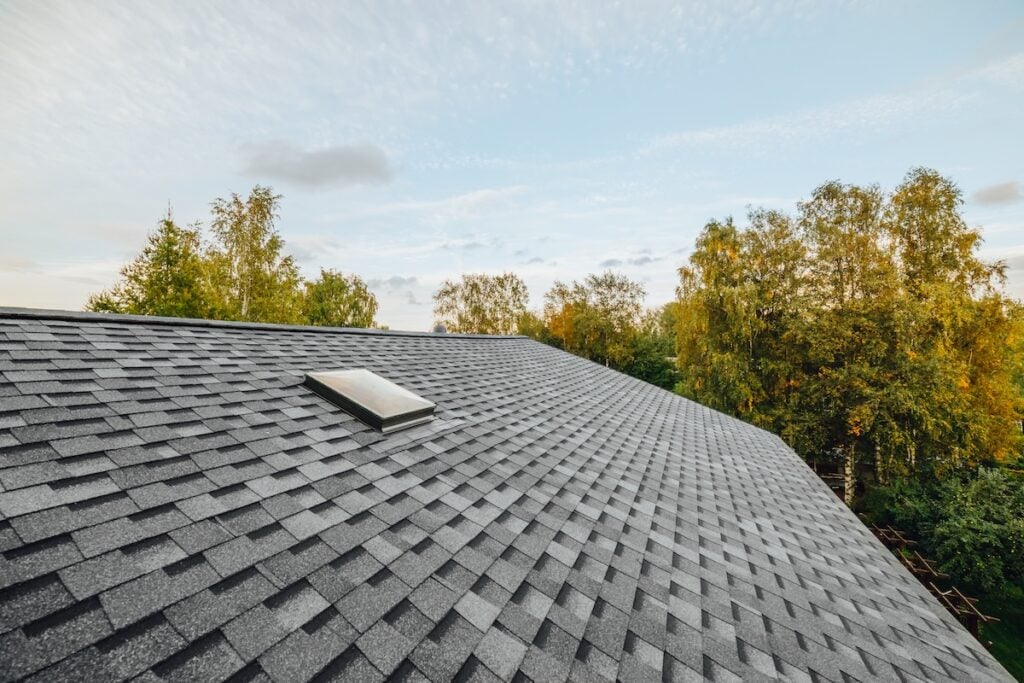
Types of Covering Materials
- Asphalt Shingles: Affordable and versatile, making them the most popular choice for residential homes.
- Metal Roofing: Durable, eco-friendly, and ideal for extreme weather conditions.
- Clay or Concrete Tiles: Common in Mediterranean-style homes, these tiles are both stylish and long-lasting.
Your roof’s covering material is also its first line of defense against UV rays, rain, wind, and other elements.
5. Flashing
Roof flashing refers to thin metal strips applied around edges, joints, and roof projections to prevent water leaks. It acts as a critical barrier that directs water toward your drainage system.
Where Flashing is Applied
- Chimneys
- Skylights
- Vents
- Valleys (Where Two Roof Slopes Meet)
High-quality flashing ensures the longevity of your roof by protecting vulnerable areas from moisture infiltration.
6. Drip Edge
The drip edge is a metal strip installed at the edges of the roof. Its primary function is to guide rainwater away from the roof decking, preventing water-induced damage.
💧 Why Drip Edge Matters
Without a proper drip edge, water can seep into the underlayment and decking, leading to rot and mold. It also improves the overall aesthetic of your roof by providing a clean, finished look.
7. Gutters and Downspouts
While not technically a part of the roof itself, the gutter system and downspouts work alongside it to channel rainwater away from your home’s foundation.
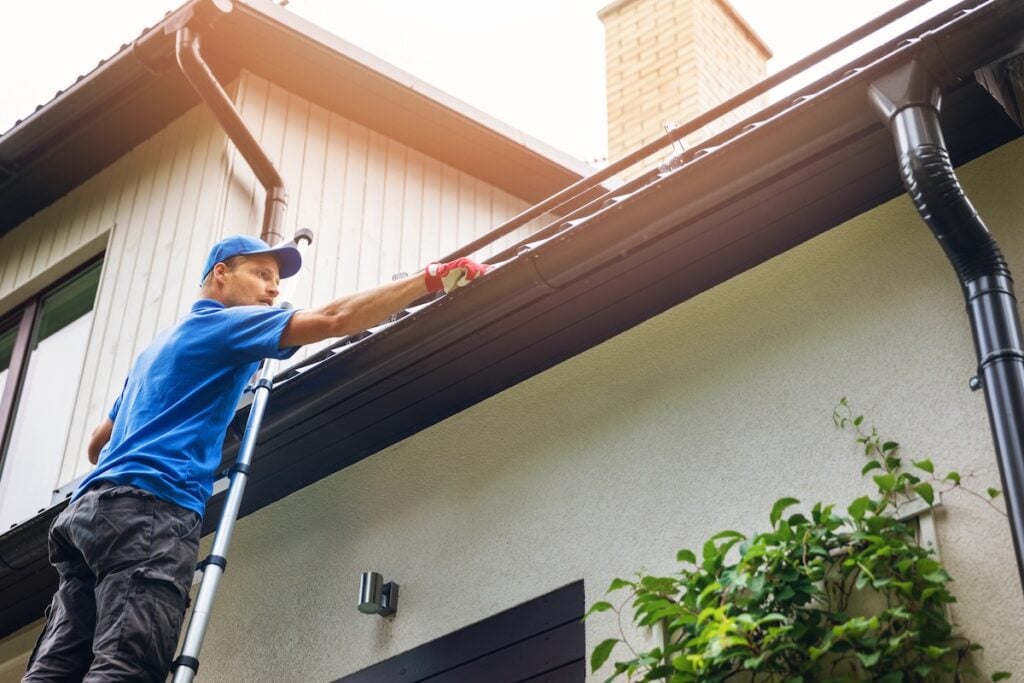
🏠 How Gutters Work with Your Roof
Gutters attach to the drip edge to collect runoff and direct it safely through downspouts. Keeping these clear of leaves and debris ensures proper water flow and prevents roof damage.
8. Ventilation System
Your roof’s ventilation system balances airflow to regulate temperature and moisture levels inside your attic.
💨 Parts of a Ventilation System
- Ridge Vents (located at the peak of the roof)
- Soffit Vents (beneath the eaves)
- Gable Vents (on the walls near the roof’s peak)
Proper ventilation prevents issues like mold, ice dams, and higher energy bills.
9. Eaves, Rakes, and Fascia
These finishing elements give your roof its polished style while adding functional benefits.
- Eaves: The section that overhangs the walls of your house, providing shade and reducing water splash onto siding.
- Rake: The sloped edges of your roof that run along the sides, commonly supported by decorative trim.
- Fascia: The horizontal board beneath the edge of the roof that supports the gutters and provides a clean aesthetic.
10. Skylights and Roof Projections
Skylights, chimneys, and vents are important additions to your roofing system. Proper installation ensures they remain watertight while adding functionality to your home.
11. Valleys
Roof valleys are the areas where two sloping roof surfaces meet. These are critical for directing water into the drainage system and preventing pooling or leaks. Valleys often have flashing to bolster their effectiveness.
12. Fasteners and Adhesives (Key Installation Elements)
While often overlooked, fasteners and adhesives hold your roofing system together. Proper installation strengthens the durability of your roof and prevents premature wear.
🔑 Key Fasteners and Adhesives
- Roofing Nails
- Adhesive Strips for Shingles
- Sealants for Flashing and Projections
Wrapping It Up
Knowing the main parts of a roof equips you to make informed decisions about maintenance, repairs, and replacements. From the roof frame and decking to the drip edge and shingles, every element plays a critical role in your roof’s performance.
When your roof needs attention, choose the team that understands every part of it—choose Roof Medic. Reach out today!

